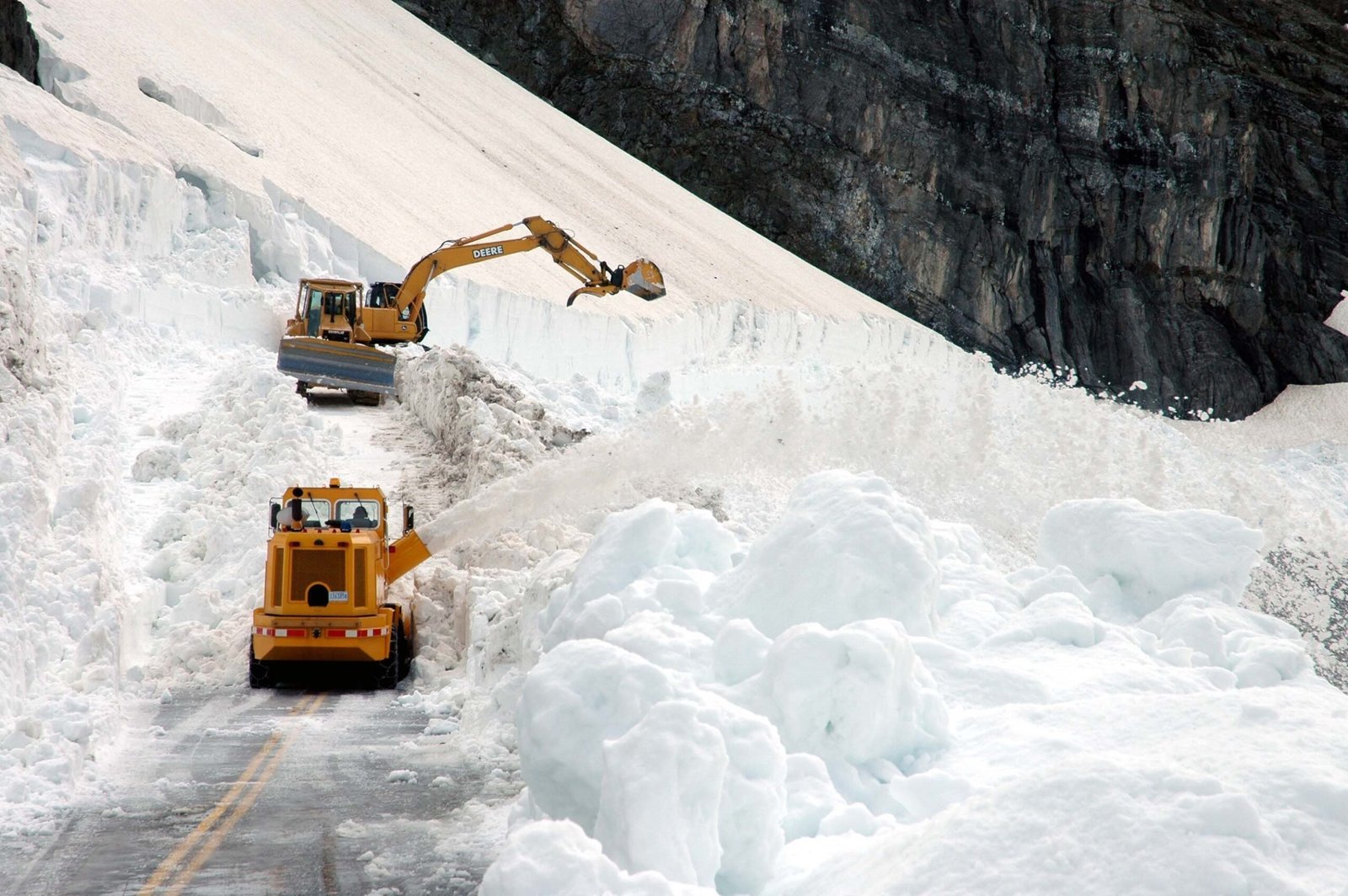The Shangri Trail in Glacier National Park is an 11-mile hiking route that offers breathtaking views of pristine alpine landscapes. This trail, part of the larger Swiftcurrent Pass and Iceberg Lake area, provides hikers with challenging terrain, stunning vistas, and opportunities to witness the park’s diverse ecosystems. From steep mountain passes to serene lakeshores, the Shangri Trail showcases the raw beauty of Glacier National Park’s wilderness.
What Are the Current Trail Conditions for Shangri Trail?

As of the latest updates, here are the key points regarding the Shangri Trail conditions:
- Trail Status: Variable due to dynamic natural conditions
- Weather: Unpredictable mountain weather, prepare for various conditions
- Seasonal Considerations:
- Early summer may have snow and ice on steep slopes
- Potential seasonal closures in some areas
- Maintenance: Ongoing road construction may impact travel times
It’s crucial to check the park’s official website for the most up-to-date information before embarking on your hike.
Where Can I Find a Detailed Map of Shangri Trail?

While a specific detailed map is not provided in the available sources, here’s a general overview of the Shangri Trail:
- Route: Part of the larger Swiftcurrent Pass and Iceberg Lake area
- Length: Approximately 11 miles
- Key Landmarks:
- Swiftcurrent Pass
- Iceberg Lake
- Templeton Lake (potential scenic stop)
For a comprehensive map, consult the park’s official resources or specialized hiking guides that offer topographic maps and detailed trail descriptions.
What Scenic Views and Photo Opportunities Does Shangri Trail Offer?
The Shangri Trail boasts several picturesque locations perfect for photography enthusiasts:
- Iceberg Lake
- Known for floating icebergs (seasonal)
-
Stunning alpine lake setting
-
Swiftcurrent Pass
- Panoramic mountain and valley views
-
Ideal for landscape photography
-
Templeton Lake
- Serene lake views
-
Unexpected beauty along the trail
-
Basin and Lakeshore Areas
- Reflective waters of Shangri-La and Dunbar Lake
- Streams and surrounding mountain landscapes
| Location | Best For | Time of Day |
|---|---|---|
| Iceberg Lake | Icebergs, Alpine Scenery | Early Morning |
| Swiftcurrent Pass | Panoramic Views | Midday |
| Templeton Lake | Serene Lake Shots | Late Afternoon |
| Basin Areas | Reflections, Streams | Golden Hour |
How Accessible is Shangri Trail and What Are the Parking Options?
Accessibility and parking for Shangri Trail can be challenging:
- Trailhead Access: Typically from the Many Glacier area
- Parking:
- Limited options, especially during construction periods
- Many Glacier Hotel parking may be the only available option at times
- Transportation:
- No specific public transportation to the trailhead
- Private vehicle or arranged transportation recommended
Note: Be aware of potential road closures or overgrown conditions that may affect access.
What Should I Pack for Hiking Shangri Trail?
Given the trail’s length and variable conditions, proper preparation is essential. Here’s a recommended packing list:
- Hiking Essentials:
- Sturdy hiking boots
- Trekking poles
-
Backpack with rain cover
-
Clothing:
- Moisture-wicking base layers
- Insulating mid-layer
- Waterproof outer layer
-
Hat and gloves
-
Safety Gear:
- First aid kit
- Emergency shelter
- Headlamp or flashlight
-
Bear spray (mandatory in Glacier National Park)
-
Food and Water:
- At least 3 liters of water per person
- High-energy snacks and lunch
-
Water filtration system for refills
-
Navigation:
- Physical map and compass
-
GPS device (with extra batteries)
-
Sun Protection:
- Sunscreen
- Sunglasses
- Sun hat
Remember to pack out all trash and follow Leave No Trace principles to preserve the park’s natural beauty.
What Wildlife Might I Encounter on Shangri Trail?
Glacier National Park is home to diverse wildlife. On Shangri Trail, you may encounter:
- Large Mammals:
- Grizzly bears
- Black bears
- Mountain goats
-
Bighorn sheep
-
Smaller Animals:
- Marmots
- Pikas
-
Ground squirrels
-
Birds:
- Golden eagles
- Clark’s nutcrackers
- Gray jays
| Animal | Best Viewing Time | Safety Precautions |
|---|---|---|
| Bears | Dawn and Dusk | Carry bear spray, make noise |
| Mountain Goats | Midday on rocky slopes | Keep distance, don’t approach |
| Marmots | Sunny afternoons | Observe from a distance |
Always maintain a safe distance from wildlife and never feed animals.
How Can I Prepare for the Elevation Changes on Shangri Trail?
The Shangri Trail involves significant elevation changes. Here are tips to prepare:
- Physical Preparation:
- Train on hills and stairs before your trip
- Build cardiovascular endurance
-
Practice with a loaded backpack
-
Acclimatization:
- Spend a day or two at elevation before attempting the trail
-
Stay hydrated to help with altitude adjustment
-
Pacing:
- Start early to allow plenty of time
- Take frequent short breaks
-
Use a steady, sustainable pace
-
Nutrition:
- Eat small, frequent meals to maintain energy
-
Bring easily digestible snacks
-
Equipment:
- Use trekking poles to assist on steep sections
- Wear boots with good ankle support
Remember, it’s okay to turn back if you feel uncomfortable or the conditions worsen. Safety should always be your top priority when hiking in Glacier National Park.
References:
1. https://www.nps.gov/glac/planyourvisit/conditions.htm
2. https://hike734.com/trip/shangri-la/
3. https://www.nps.gov/glac/planyourvisit/trailstatusreports.htm